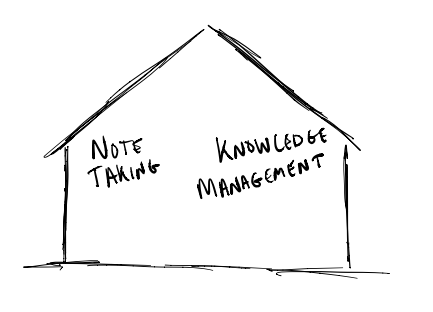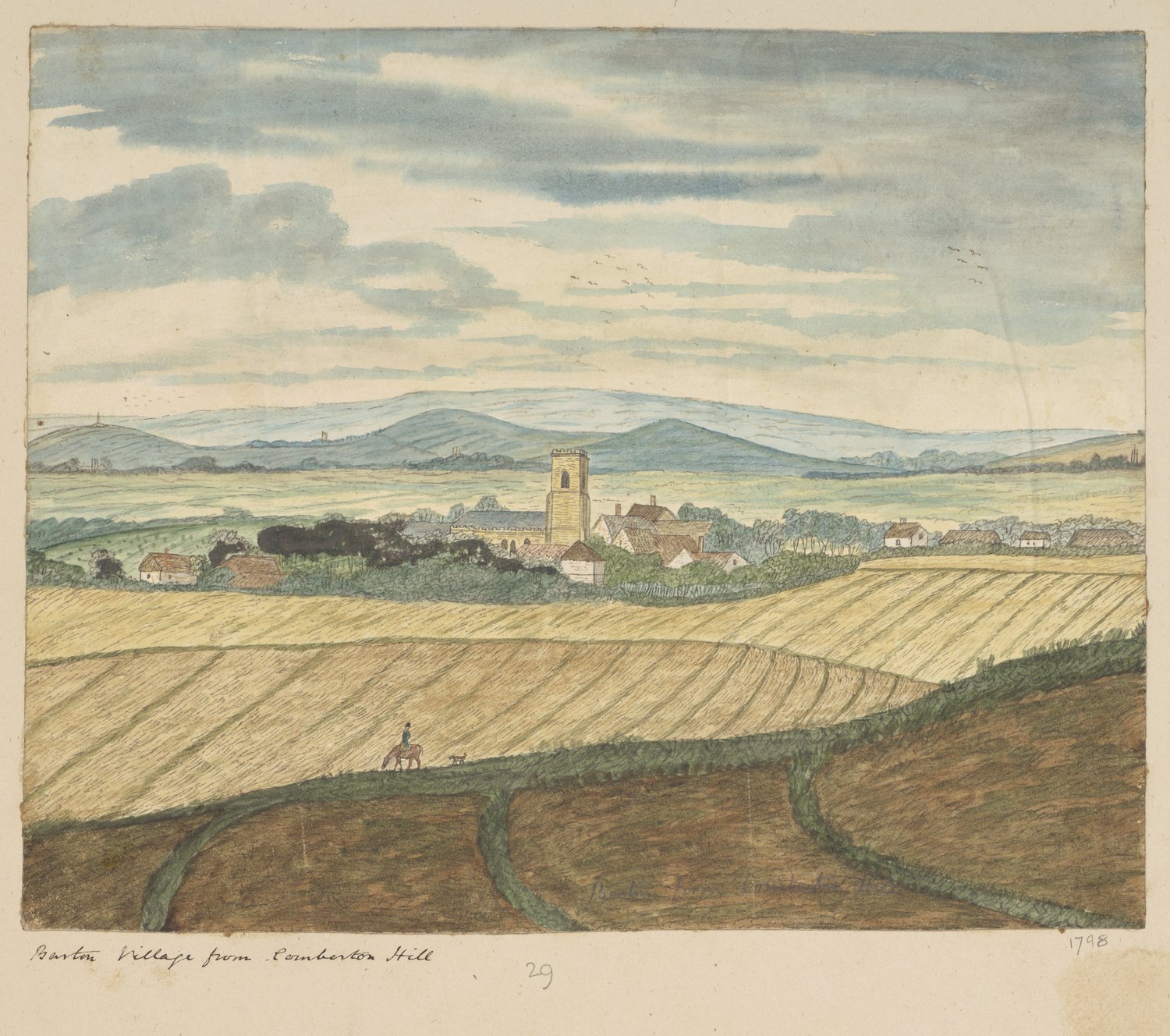Roam Research: The only tool for networked thought
i’ve been searching for a note taking and knowledge management tool for a while now. my goal had been to find one solution that could handle both. i basically wanted everything under one roof.

i tried Notion – it was a bit too clunky for me. i couldn’t quite get into the same groove with it that other people were claiming to get into. i gave myself a bit of time to warm-up to Notion, but after a few months, i still couldn’t do so. i found myself making my way back to my Google Docs and Sheets setup with Todoist mixed in.
then i tried Dynalist, but it was too structured. it felt overly regimented. though, i’ll admit, i may not have given Dynalist enough of a chance. it was difficult to continue ignoring #RoamCult and Nat Eliason continuous Roam tweets. so…this was more than enough ammunition to convince me to give Roam Research a shot.
before i get into this, keep in mind that i don’t work for Roam and i’m not being paid by Roam to write this article.
Roam describes itself as a tool for networked thought. it’s got so many great use cases. some use it for research (which i believe was one of its original intentions), some for planning and todo lists, others for note taking and personal knowledge management.
Roam has seemingly endless capabilities as it’s built on principles for versatility.
one of the biggest attributes through Roam has been the ability to develop your metacognition. simply put, metacognition is “thinking about one’s thinking”. it refers to the process used to plan, monitor and assess a person’s understanding and performance. metacognition includes an evaluative awareness of:
- a person’s thinking and learning
- a person as a thinker and learner
at the core, Roam is a tool that helps bring these aspects to fruition. it helps a person “connect the dots” within a giant knowledge web. well, “giant” pending how much you actually add to your database. a user is able to add notes and the subsequent connections between them are what forms your web.
Conor White-Sullivan, the founder of Roam, calls Roam a dynamic knowledge repository
page creation in Roam
because deciding on where to “file” a page within Roam is non-existent, you can literally create pages for no reason at all and not worry about where to “store” them.
to further explain, the beauty here is the fact that you don’t need to worry about categorizing pages in a specific fashion or within a certain hierarchy.
the way you create and store pages in Roam is the same way you store thoughts or ideas in your mind. they just exist. Roam is directly aligned with the fundamental operations of human thought.
this leads me to my next thought…
Roam is powered by bidirectional linking
if you ever wanted to effectively collect, examine and file notes on any given subject and relate one to the next, then you’ve now found a product that will let you do so. Roam is a sort of portal to your digital brain. it is a note taking powerhouse and one of the best applications to use in order to mirror your mind. it won’t necessarily think for you, but you will be able to store all of your thoughts in a place other than your mind and show precisely how they relate to each other through bidirectional linking.
bidirectional links are a core idea of Roam.
bidirectional linking allows a system to deduce the inverse relationship between two entities. for example, if a includes b, then b is part of a. the two entities can function in two, usually opposite, directions.
think about a time when you were doing research about a subject on Wikipedia and then all of a sudden realized you had followed a series of links from one page to the next and ended up on an unrelated subject.
sure, the final subject may initially seem completely unrelated, but there was at least some relation between each of the subjects on your way down that Wiki rabbit hole. this phenomenon is bidirectional linking.
it’s important to realize that each note in Roam becomes a node within the Roam knowledge map.
links between pages are created using either [[page]] or #page. if a page that you referenced already exists, a link between the page you’re currently writing in and the page you referenced will be formed. if there is no corresponding page, a new page will be created and linked to from the page you’re currently writing in.
every place where an idea has been referenced will show beneath that page.
Conclusion about Roam
in my opinion, the fluidity of note taking within Roam has been one of the main attractions. that coupled with the ease of connections between nodes gives me the feeling that i am quite literally dumping my brain into a “second brain”.
if you haven’t already read the Roam White Paper, i recommend doing so!

